Synchronise receivings from suppliers and shipments to clients on many fresh items and quickly manage a relevant number of orders are the two main critical points of our job
⏱ 3 MINUTES READING
When we talk about what Valsana does, we often talk about selection, quality and communication, products and producers.
We always tend to leave in the background logistics, i.e. the whole process of moving goods from receiving into our warehouse to shipment and delivery to our customers. However, even this aspect of our job well deserves to be highlighted, since it has a relevant degree of complexity.
There are two main critical points that make our logistics extremely difficult to be handled:
- the management of many products with a very short shelflife: 500 items with less than 30 days of shelflife, 120 of which with less than two weeks of life upon arrival;
- fast fullfillment times: pick and pack of orders takes place immediately before shipment, to guarantee the best possible shelflife of products; for this reason the pick & pack department is often under pressure, due to these compressed times.
In these months we are working on several directions, with the aim of making our guys work better, in the meantime we will tell you how the whole process works.
1.PRE-RESERVATION
All orders we receive from clients, by phone, email or whatsapp are manually entered by our sales department in our ERP, i.e. the software that helps us in all the stages of our business process, from order management to accounting. On the other hand, orders sent by tablet from our sales agents or by web directly from customers who use our web app shop.valsana.it are automatically queued into the same system.
Orders remain within the ERP system up to about half-a-day before the scheduled time for shipment - i.e. the time when orders are load into our trucks or handed to carriers for delivery.
This means that every morning we handle all the orders departing after lunch, whereas in the afternoon we work the ones departing next morning.
The first stage of our order fulfullment process is a sort of pre-reservation: at the sheduled time our ERP system checks inventory availability and sends an email to the agent with the list of products not available in stock and for which no arrivals from suppliers are even expected (i.e. no chance to be shipped). On the other hands, all the order lines that can be processed are sent to our WMS (Warehouse Management System), to be handled by our guys of the Pick & Pack Dept.
2.SHIPMENT MANAGEMENT
Our Warehouse Manager, Roberto Armellin, with the help of his vice, Vincenzo Alberghini, organises and manages all the process of orders fulfillment. The shipment management activity within our WMS results into two tasks:
-it reserves for every order line a specific batch/shelflife, according to the FIFO (first in first out) rule, with the aim of shipping products according to their shelflife and guarantee inventory rotation;
-it creates the picking lists, that is the lists of products to be picked up for each client, according to an established sequence; every list is assigned to one or more operators.
Shipment management is a critical process, because it must ensure that orders are prepared on time, continuously monitoring the arrival of new orders during the preparation phase and coordinating with the collegues of the Receiving Department for the products whose arrival is expected on the same day of departure (that we call "urgencies"). In fact very often burrata, mozzarella and many other fresh products arriving at our warehouse in the morning has to be delivered within 12 a.m. of the same day: this requires an extreme speed in managing both the inventory of incoming goods and the evasion of "urgent" products.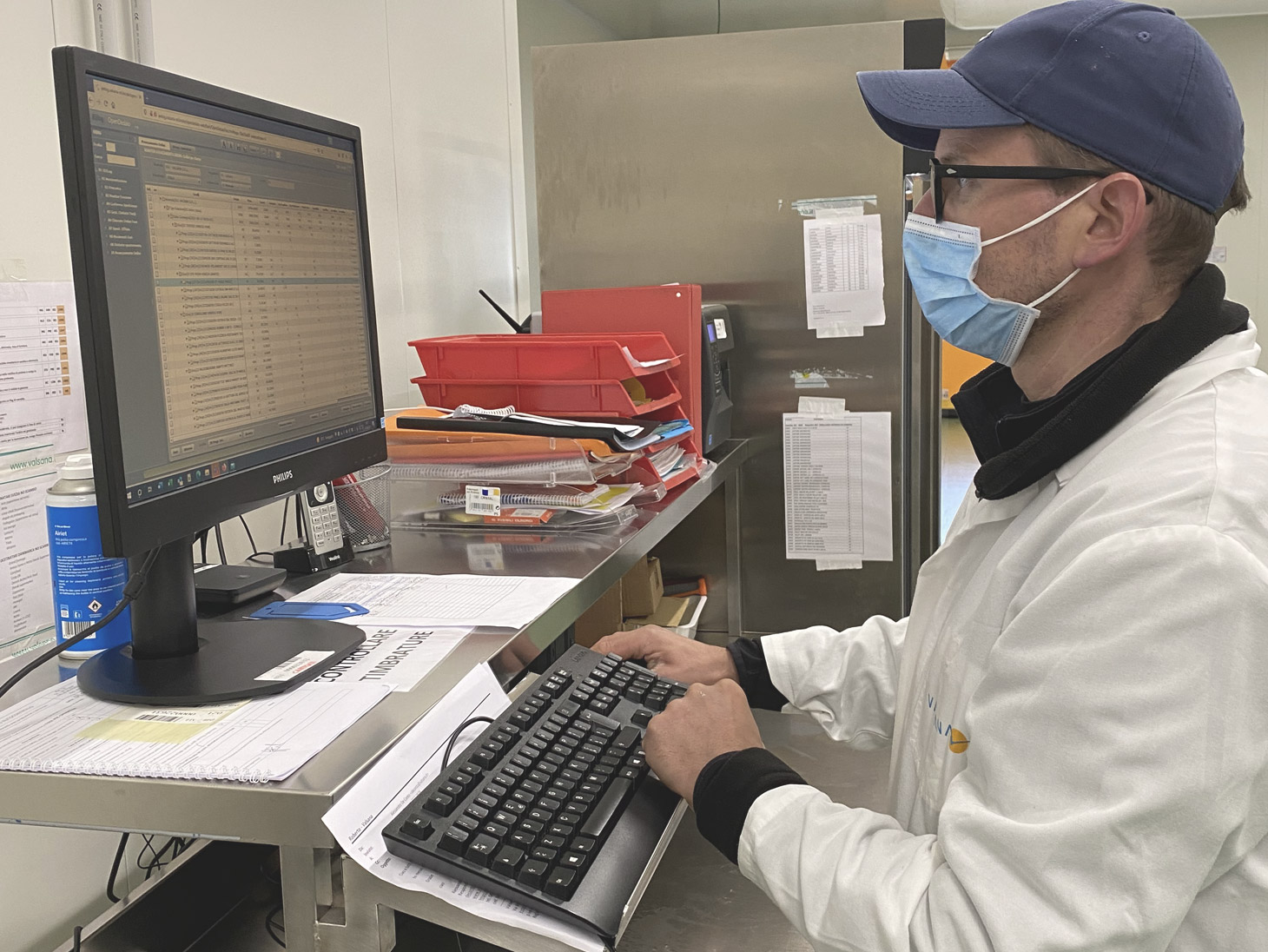
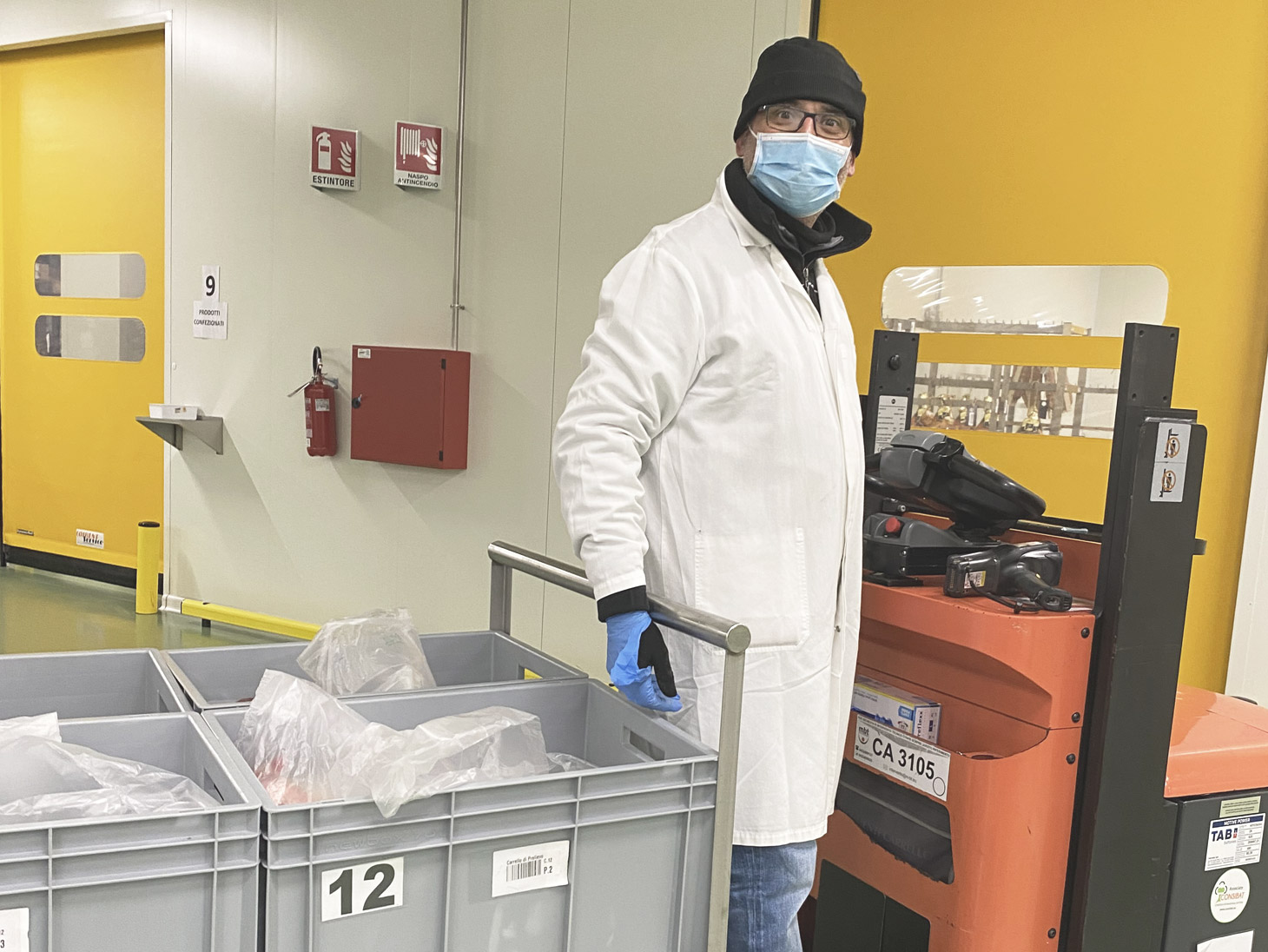
3.THE PICK STAGE
Once the orders have been processed and the picking lists created, the operators in charge of picking - Andrea Cais and Alessio Salvador, but also Vincenzo and Roberto themselves - will find the picking lists assigned to them on their own barcode scanner.
Each picking list can be related to a single client, if the order is relevant, or to different customers, whether the volume of the orders is not that much and it is therefore more efficient to pick multiple orders together (batch picking). In both cases, the operator knows exactly which product, batch and shelflife is picking for whom: this allows us to manage also a few comments on the product in order, to customise the service as much as possible.
The picking is carried out with an order picker with different compartments, all identified by a barcode: each compartment is assigned to a single customer, in order to keep the different orders separate even in the case of multi-customer picking.
To start the picking, the operator must first of all allocate each compartment of the picker to a single client, then he can start to pick up the items suggested by the scanner according to a picking sequence that optimises the collection round. For each item, the scanner tells to the operator where to go, the specific place where the item is located, its batch number and shelflife, the number of pieces required and the name of the customer whom the order is intended.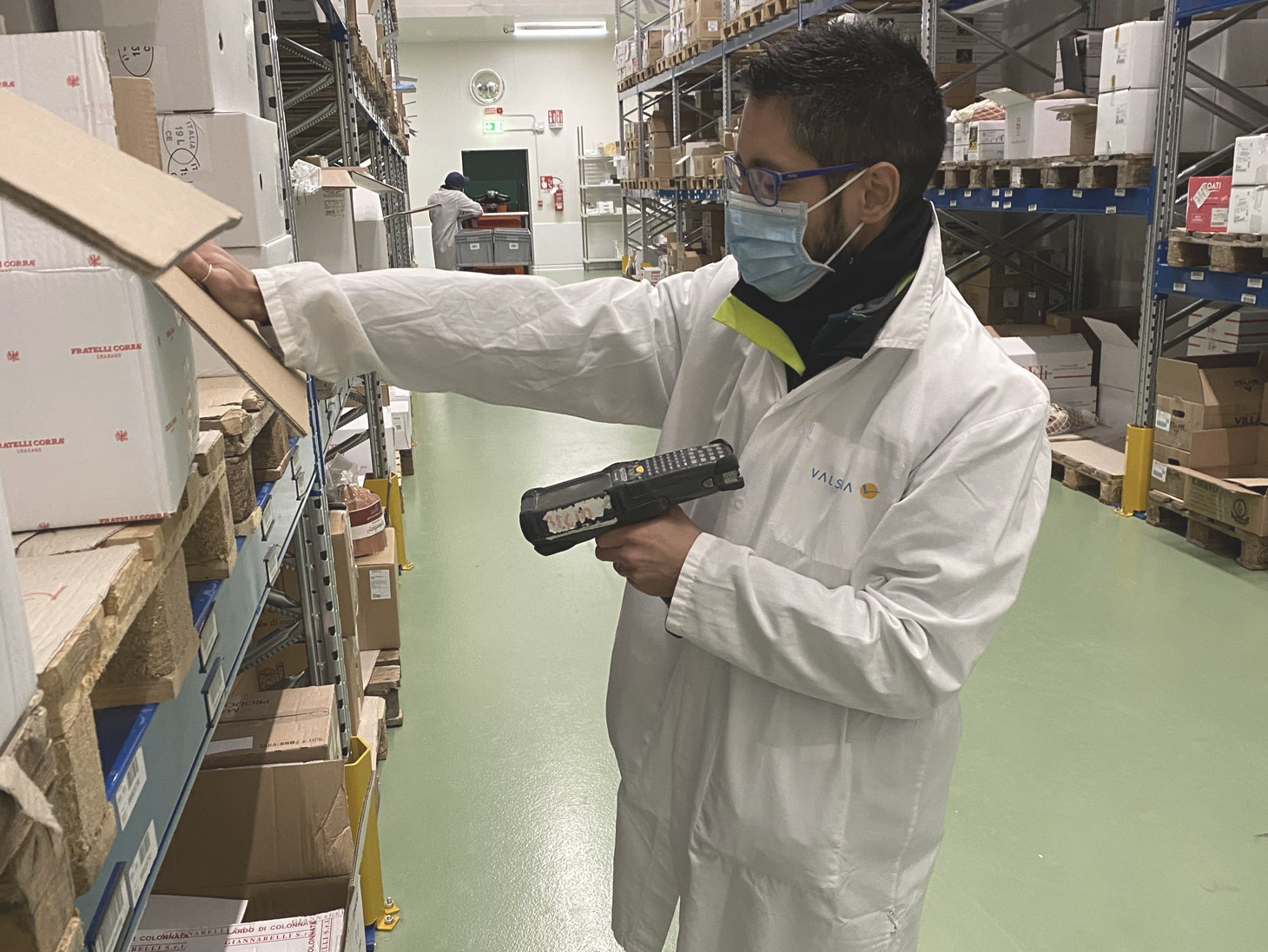
4.THE PACK STAGE
Once the picking is completed, the order pickers are placed in the shipping bay, where they are handled by the guys in charge of packaging: Claudio Dal Cin and Sergio Signorello - our best experienced guys, working with us for more than 20 years - together with Fulvio Ferracin, Francesco Villa, Alex Dall'Arche and Mario Antoniazzi.
The packaging works in pairs: one operator confirms on the screen the number of pieces and the weight of each picked product, while the other takes composes the boxes, according to the directions established by our quality department. For many foreign customers also a packing list list is required: in this case boxes must be precisely created, declaring exactly which and how many products are placed in each box.
Packaging is drived by shipping: when the pallets for a specific destination are completed they are placed into the shipping cell, where they remain until they are loaded onto our trucks or handed to the transporter.
We gave you a draft on how our order fulfillment process works, highlighting the main critical points. However, we are continuously working on the organisation, with the aim of improving the efficience of each process, lowering at the same time mistakes. Your comments are therefore very welcome, as well as your understanding in case of errors!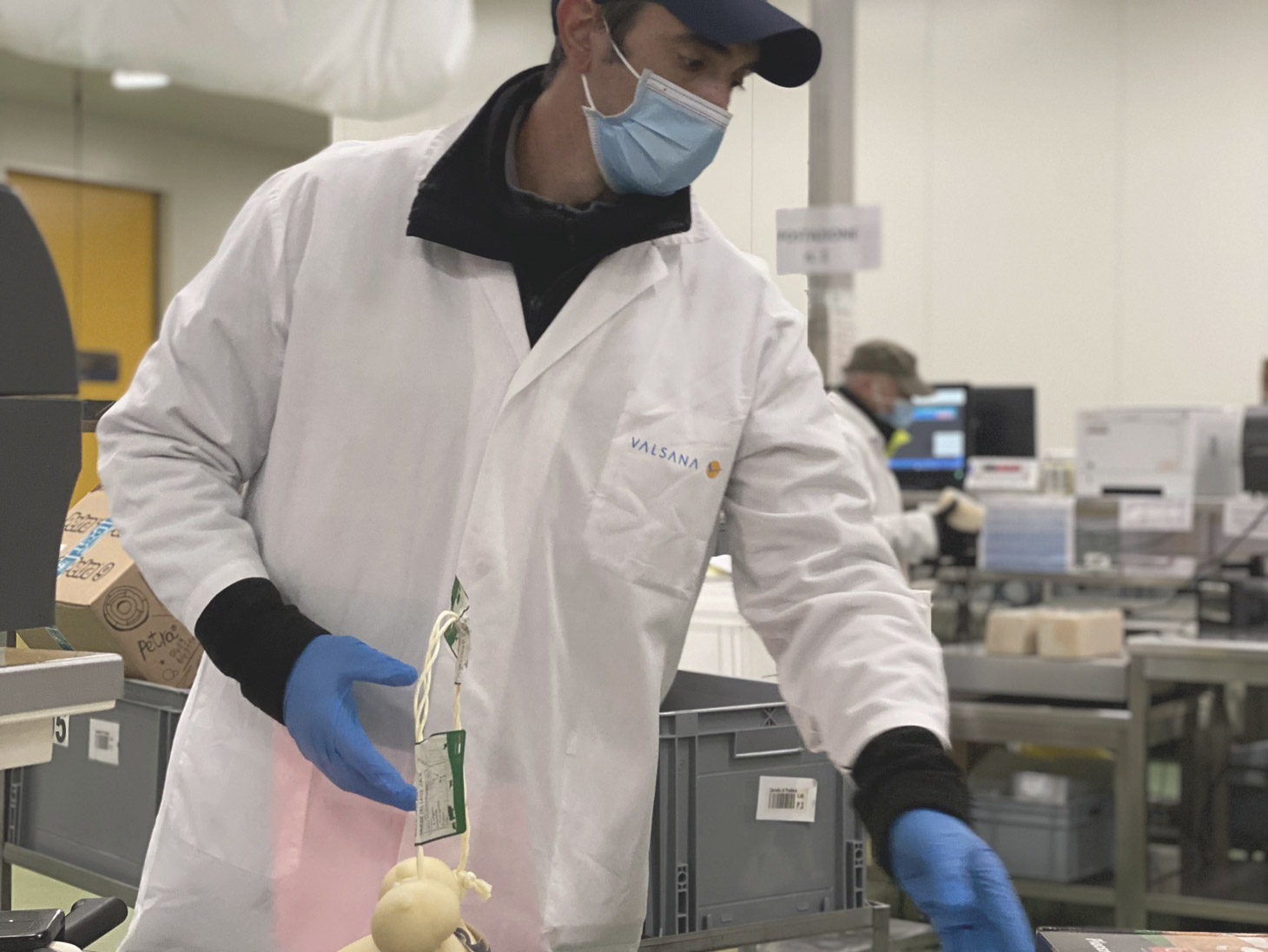
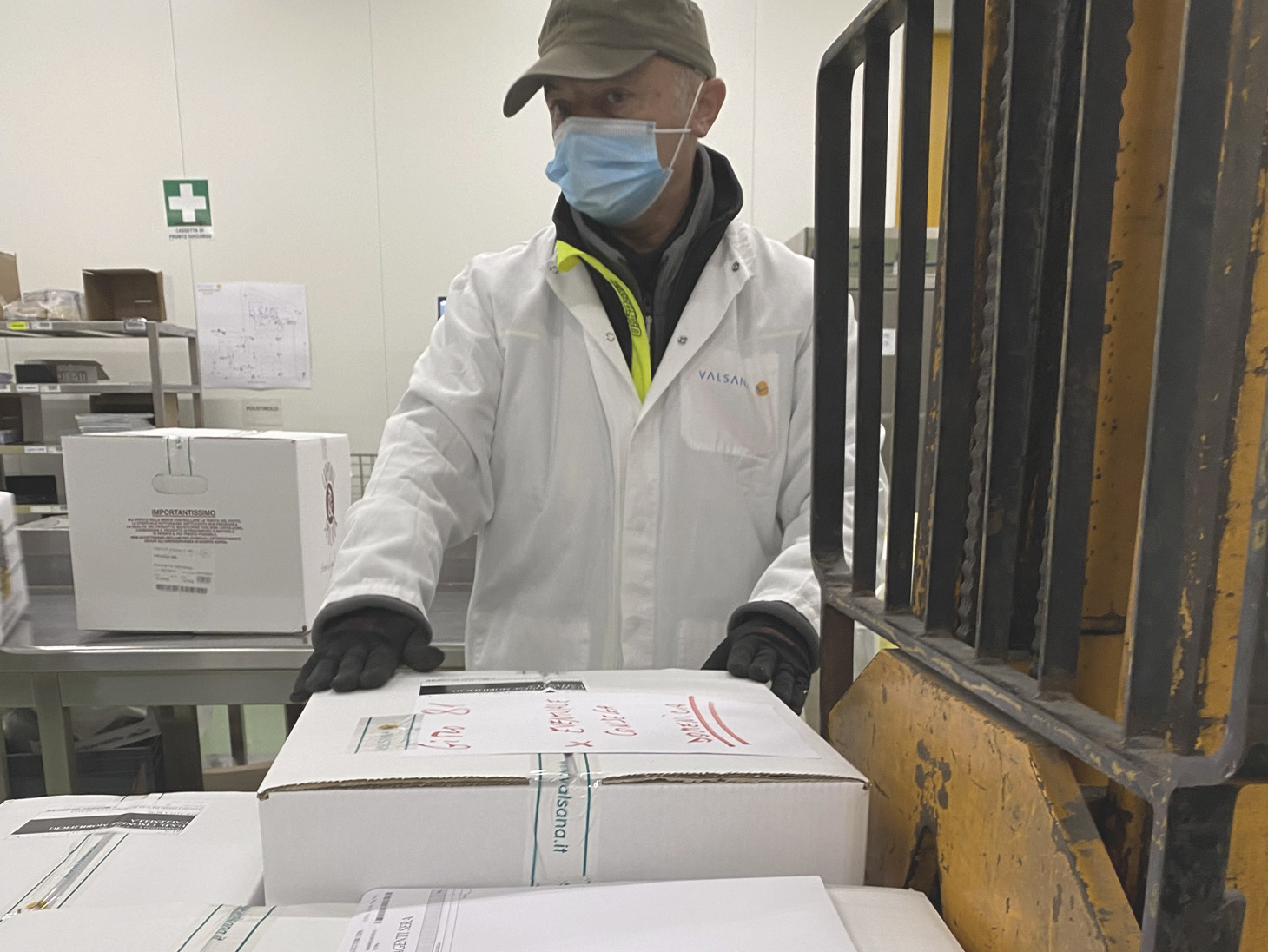
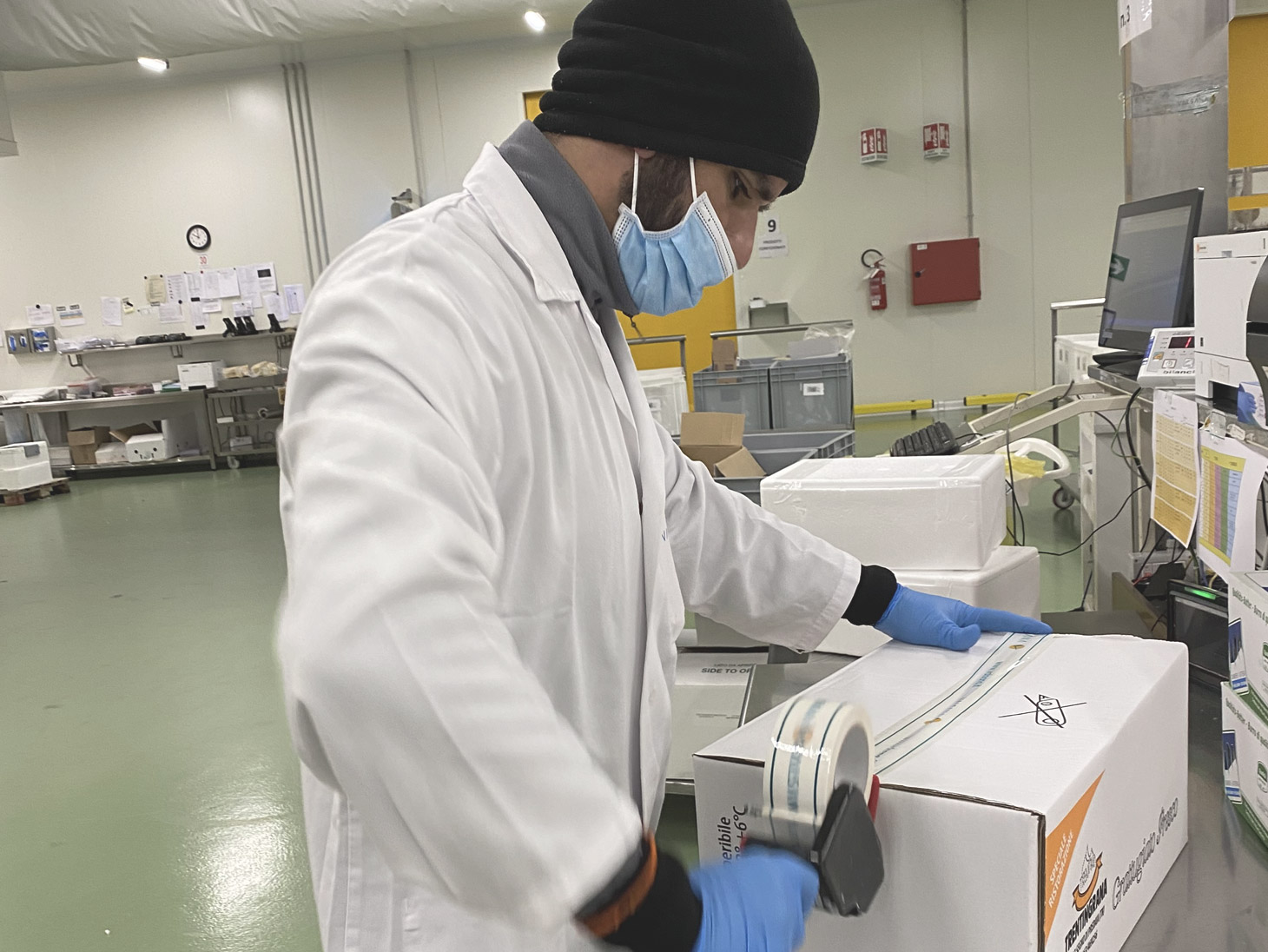
Martina Iseppon
Marketing Director



